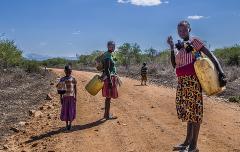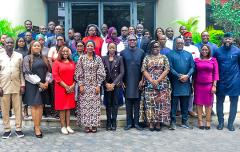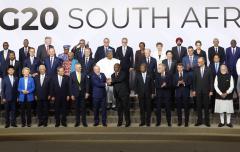Bottom-up planning works better for energy access – Practical Action
Bottom-up national energy planning is feasible and much more likely to deliver good results than traditional top-down approaches, a new report by Practical Action finds.
The Poor People’s Energy Outlook (PPEO) 2016, which provides pioneering new research into energy access planning from the perspective of the energy poor in Bangladesh, Kenya and Togo, also shows that decentralized energy options are more cost-effective for rural energy delivery, and faster to deliver.
Despite increased attention to energy access in the last five years, Practical Action says much national energy planning is still dominated by large-scale, top-down, centralised energy infrastructure development. Even where there is an intention to deliver off-grid energy access at scale, uncertainty about the most appropriate options still prevails.
The 2016 edition of the PPEO highlights the practical, decentralised energy solutions that will meet poor people’s prioritised needs, and helps inform discussions about the appropriate minimum levels of energy access policy-makers should be aiming for, both nationally and within the UN Sustainable Development Goals.
Learn more about the Poor People’s Energy Outlook 2016 here.
Download the full report here.
To find out more about Practical Action’s series of Poor People’s Energy Outlook reports, including editions from previous years, click here.



